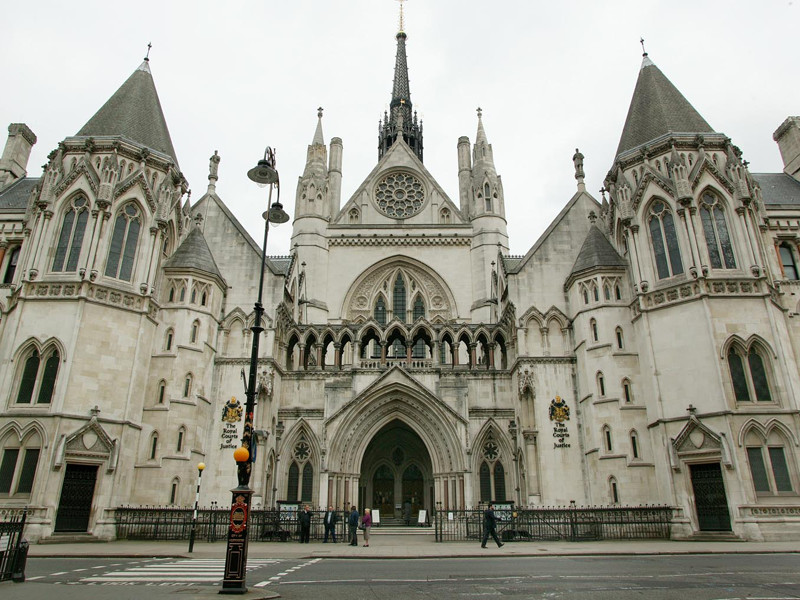Only 10% of London Courthouses are Accessible for the Disabled
The past decade has seen the government follow a programme of reforms designed to improve the courthouse process for all users. However, while accessibility was a factor in these reforms, the closure of courthouses disproportionately affected people with accessibility issues. Campaigners also say that ease of access hasn’t improved significantly enough. It is incredibly important that those who are disabled and need the use of equipment like a foldable electric wheelchair or walking sticks, are able to access buildings like this as well as many others throughout London and the rest of the country.

Specialist lawyers Bolt Burdon Kemp sought to demonstrate how these reforms – and the general courthouse landscape in Britain – affect court users with a variety of accessibility issues. The new research assessed 444 courthouses in England, Wales and Scotland on 11 accessibility criteria, namely the availability of:
Disabled parking
Accessible toilets
Lifts
Hearing loop systems
Interview rooms
Baby changing facilities
Video conference facilities
Wireless internet access
Witness support facilities
And offering wheelchair access and allowing assistant dogs into the building
The main finding of the research was that only 2% of courthouses across Britain were able to meet all 11 of the criteria listed above. This is a total of eight courthouses, three of which are based in the South West of England:
Aberystwyth Justice Centre (Wales)
Leeds Combined Court Centre (North East England)
Manchester Civil Justice Centre (Civil and Family Courts) (North West England)
Plymouth Combined Court (South West England)
Taunton Magistrates’ Court, Tribunals and Family Hearing Centre (South West England)
Weston-Super-Mare County Court and Family Court (South West England)
Wigan and Leigh Magistrates’ Court (North West England)
Worcester Combined Court (Midlands)
Diving into the different aspects of accessibility uncovers some failings in Britain’s courthouses.
Over three-quarters of courthouses (84%) are not fully accessible for wheelchair users.
People who use wheelchairs or other mobility aids, or suffer from chronic pain or fatigue, may find it difficult to navigate courthouses. Particularly so if the courthouse is large or is made up of several floors, requiring both time and effort that could become exhausting. Not to mention any lack of availability of functional lifts if hearings are taking place on upper floors.
Unfortunately, the new research found that only 16% of courthouses in England, Scotland, and Wales are fully accessible, offering wheelchair access, disabled parking and accessible toilets:
– Only 8% of courthouses in Scotland
– Only 29% of courthouses in Wales
– Only 15% of courthouses in England
Looking regionally at England, the South West leads the way, with 30% of its courthouses being fully accessible:
– 30% of courthouses in the South West
– 19% in the North West
– 14% in the South East
– 13% in the Midlands
– 11% in the North East
– 10% in London
No courthouses in the East of England or Yorkshire and the Humber offer all three forms of accessibility. It’s important for the government, as well as local councils, to make a concerted, combined effort to ensure all courthouses are adapted for people with accessibility issues. When over three-quarters of courthouses are not fully accessible, there’s a real danger that justice may be being denied – or made harder to achieve – for people with accessibility issues.
